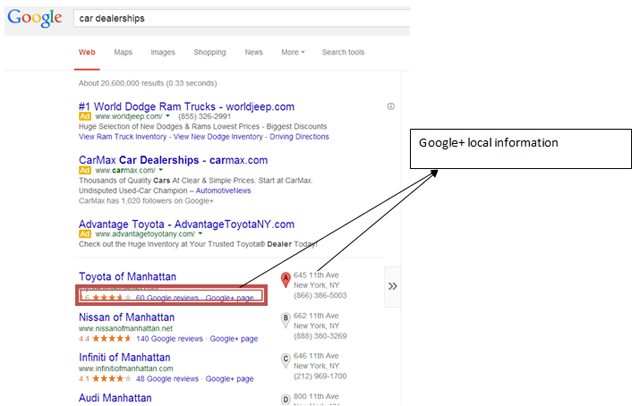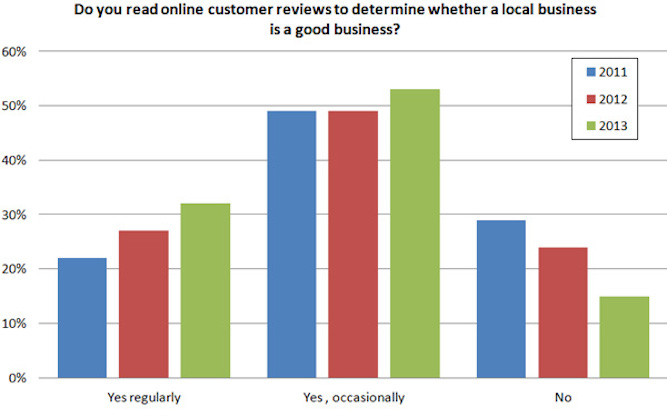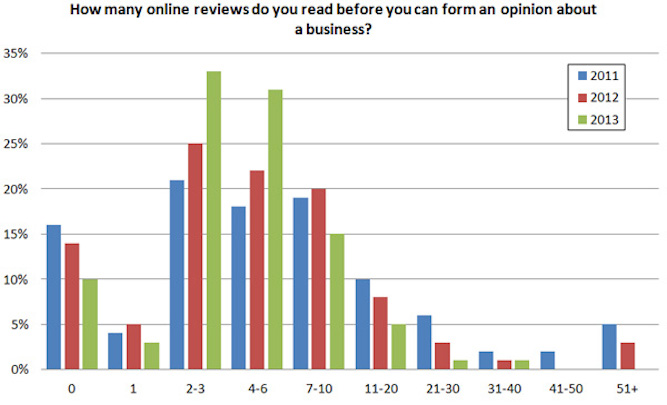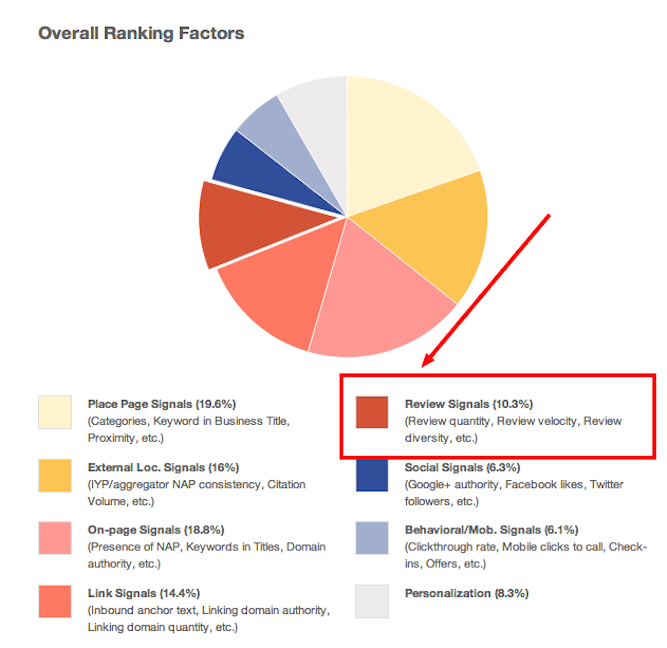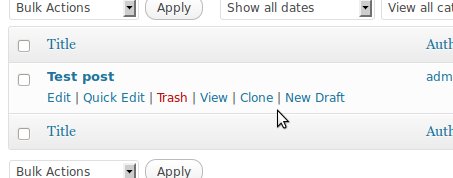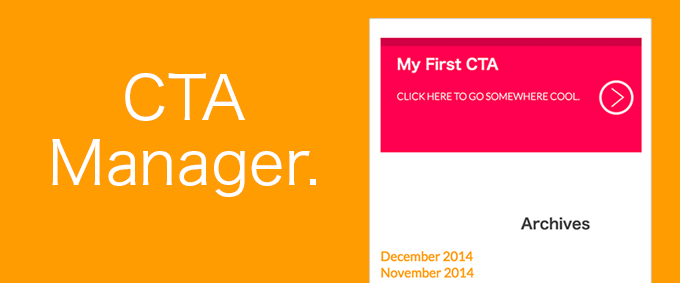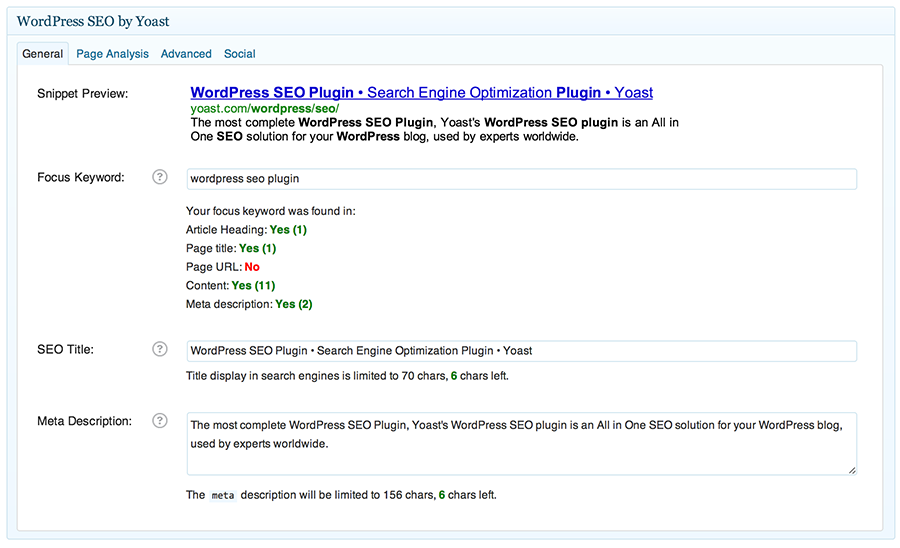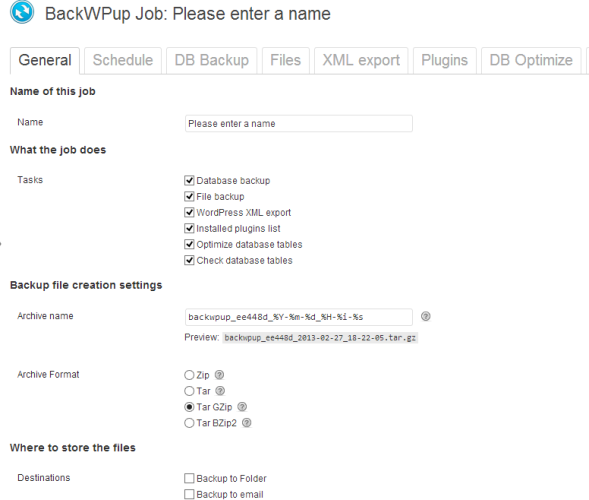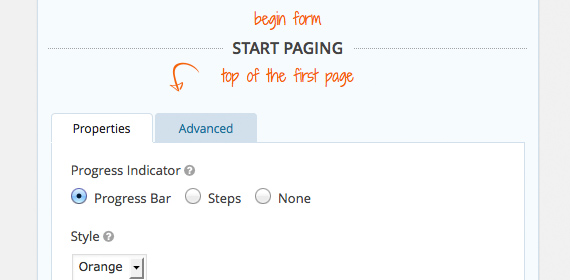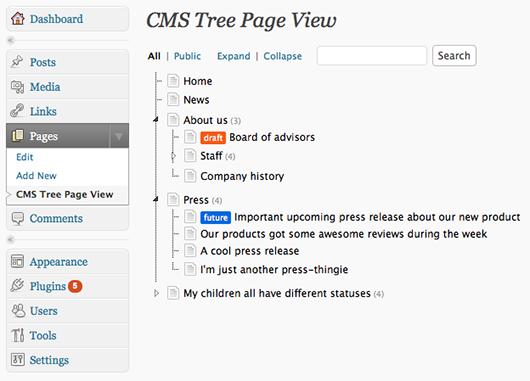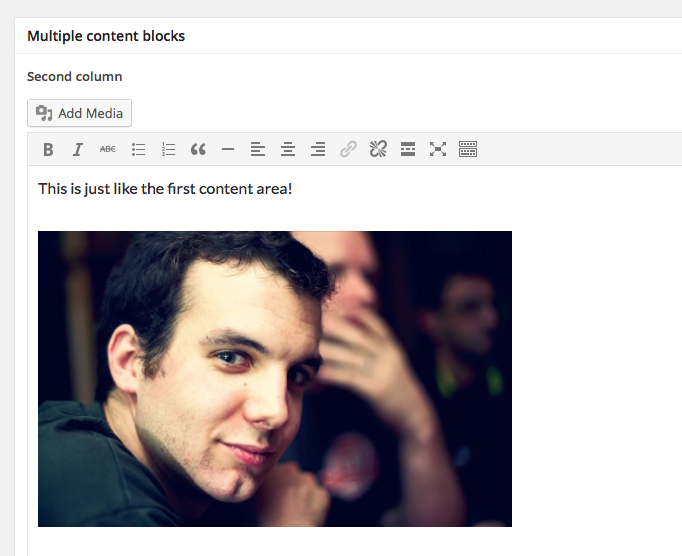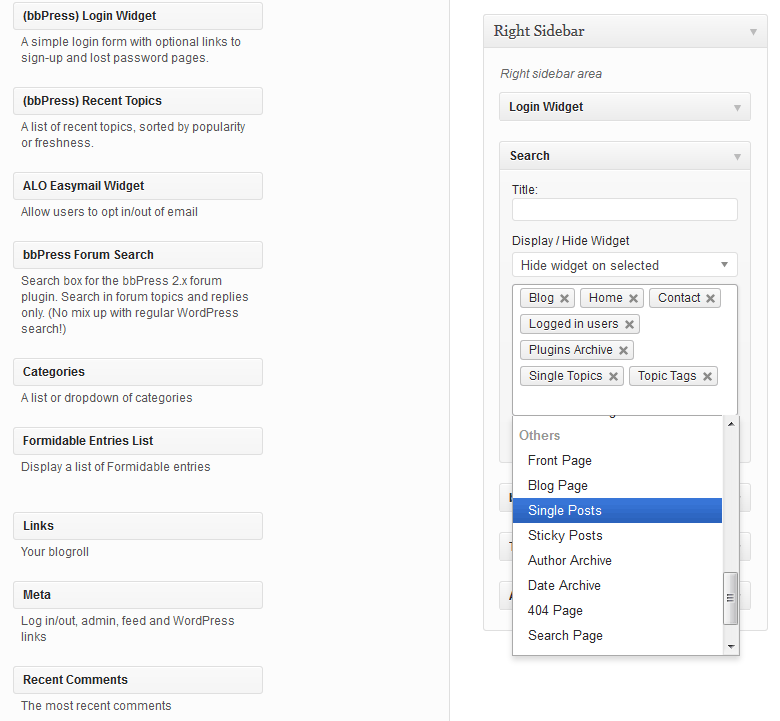
We have plenty of clients come to us and ask us ‘how can we make their website rank on the 1st page of Google’. First thing is first, any successful project starts with a plan. We call it a SEO Strategic Plan. We sit down with our client and ask a series of questions which help us determine what content and action plan we can create to help them rank in a good spot on Google.
Search engine optimisation (SEO) is often about making small modifications to parts of your website. When viewed individually, these changes might seem like improvements, but when combined with other optimisations, they could have a noticeable impact on your site’s user experience and performance in organic search results.
We recommend that you should base your optimisation decisions first and foremost on what’s best for the visitors of your site. They’re the main consumers of your content and are using search engines to find your work. Focusing too hard on specific tweaks to gain ranking in the organic results of search engines may not deliver the desired results. Search engine optimisation is about putting your site’s best foot forward when it comes to visibility in search engines, but your ultimate consumers are your users, not search engines.
The below Search Engine Optimisation (SEO) customisations will be help your site. Following the best practices outlined below in this post will make it easier for search engines to crawl, index and understand your content.
Create unique, accurate page titles on all your pages – a title tag tells both users and search engines what the topic of a particular page is.
Make use of the “description” meta tag – a page’s description meta tag gives Google and other search engines a summary of what the page is about
Improve the structure of your URLs – simple-to-understand URLs will convey content information easily.
Make your site easier to navigate – the navigation of a website is important in helping visitors quickly find the content they want. It can also help search engines understand what content the webmaster thinks is important.
Create HTML and XML sitemaps on your website – a simple site map page with links to all of the pages or the most important pages on your site can be useful. Creating an XML Sitemap file for your site helps ensure that search engines discover the pages on your site.
Write better anchor text – anchor text is the clickable text that users will see as a result of a link. The better your anchor text is, the easier it is for users to navigate and for Google to understand what the page you’re linking to is about.
Optimise your use of images – We will optimise your use of them. All images can have a distinct filename and “alt” attribute, both of which you should take advantage of. Media assets influence search rankings – i.e. photos, videos are all great ranking material.
Use heading tags appropriately – heading tags to emphasise important text. There are six sizes of heading tags, beginning with <h1>, the most important, and ending with <h6>, the least important (1).
Make effective use of robots.txt – tells search engines whether they can access and therefore crawl parts of your site.
Outbound links – Make sure all outbound links in site are not named ‘Click here’ or ‘For more info’, but are named after your keywords.
Create profiles on all small business directory sites – Such as Yelp, True Local, Yellow and White Pages. It is very helpful to fill them with as many videos, photos and reviews, this helps your ranking.
Use reviews – the profiles are so powerful, everyone is comparison shopping, so it’s important to generate positive reviews.
Google’s Webmaster Tools – this helps you better control how Google interacts with your website and get useful information from Google about your site i.e how many people are linking to your site, HTML problems, how fast your website is, keyword research tool and much more.
Google Analytics – provides information on traffic and tracking information, i.e. bounce rates, website statistics, average visit duration and much more.
Google Keyword Suggester Tools – focuses on correct keywords for your business by identifying what keywords your site ranks for.
Create a Google+ account – content posted on Google+ is crawled and indexed far quicker than on competitor sites. The most straightforward way Google+ impacts search rankings is with personalisation. For example, if someone is following you on Google+, the chances that they will see your posts in Google’s search results go way up.
Google AdWords – is a system Google has developed to assist you in marketing your products or services in the Google Search Engine, and its affiliate sites, via the use of a placed text ad that appears when people search for phrases related to your offering, this appears as a “sponsored link”. We will help set-up your account and create the first ad.
WordPress SEO Plugins
Yoast – The most complete SEO plugin for WordPress available today offers you everything you need to optimise your site.
Google XML sitemaps – A plugin that generates a sitemap of your site which makes it much easier for search engine bots to review your site, which is important for SEO. Another feature is that it notifies major search engines when new content is added.
Super Cache – Speeds up your site, one of the things Google looks for is a fast loading site.
No Ping Wait – Every time you publish a post, it pings the internet which means you can be found quicker.
Recommendations
Google is creating new algorithms all the time. Search engines are constantly changing and evolving; they are consistently refining their techniques and algorithms to supply the best, relevant results to your searchers. That is the reason why we stress to our clients that SEO should be considered a marathon instead of a race to the finish line. Using legitimate and effective SEO strategies will deliver more impressive and lasting results.
Once we handover your website we highly recommend to stay ahead of your competitors you must continue to do the following outlined below:
- Ensure you write unique, valuable and relevant content for your site, it will increase your chances ranking higher than your competitors. You must make sure to use your targeted keywords in the content. Around 400-500 words per page is what Google prefers.
- Consistently update your website and your Google+ account for better SEO ranking.
- Social media – lots of tweets and posts to show Google your business is popular and active.

